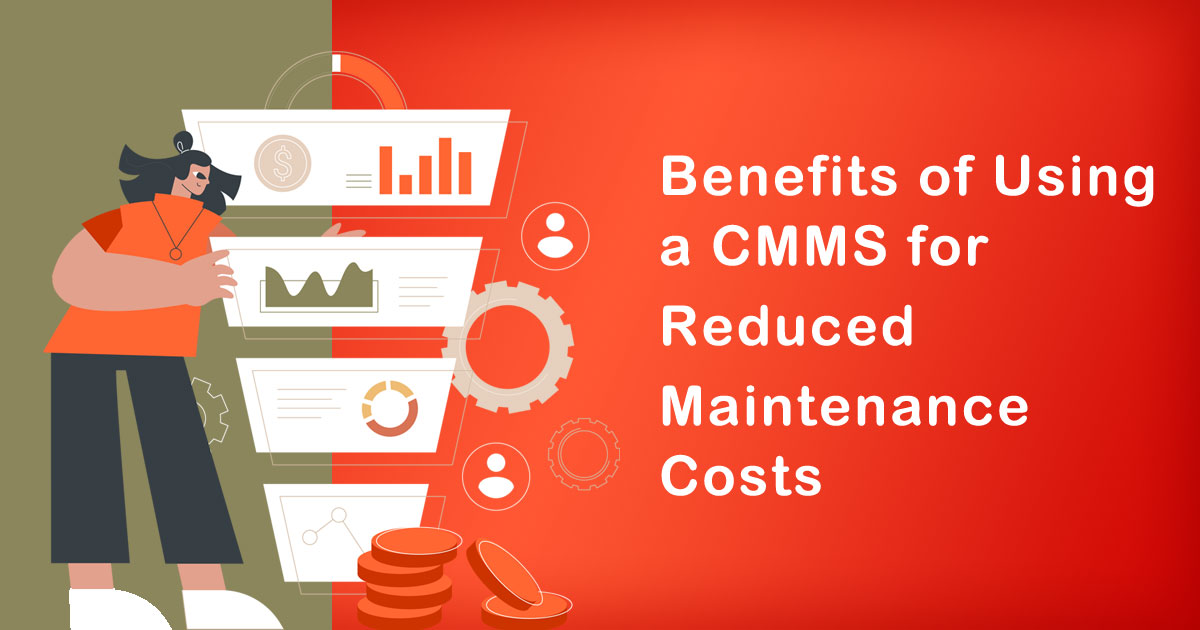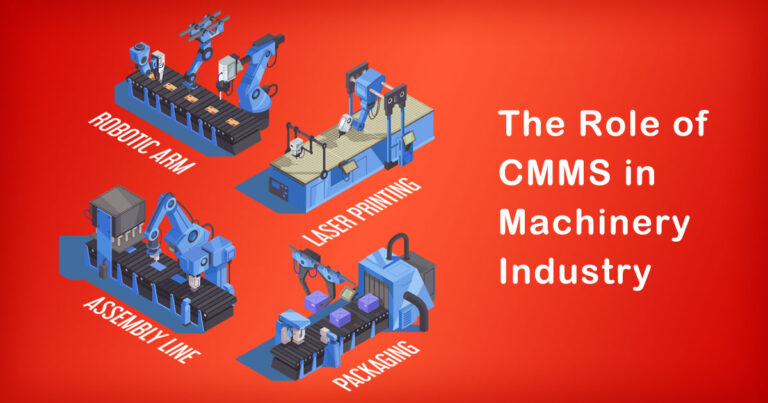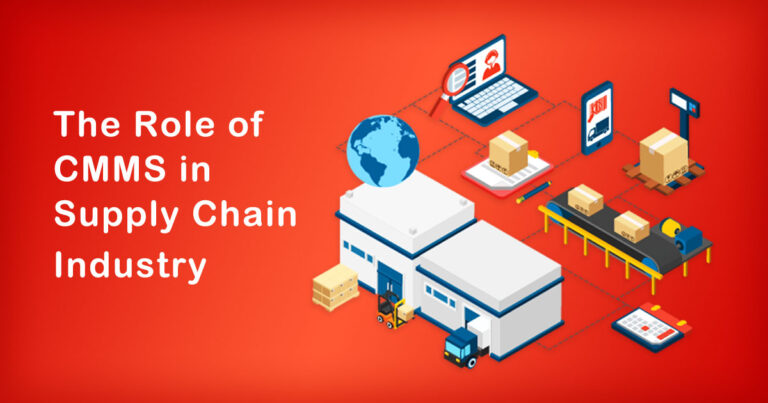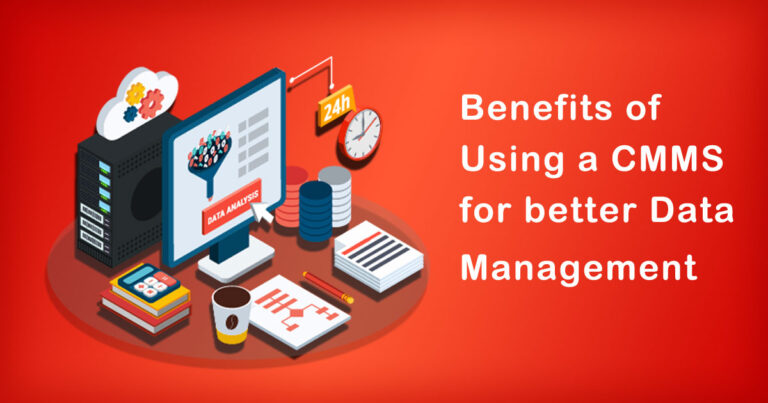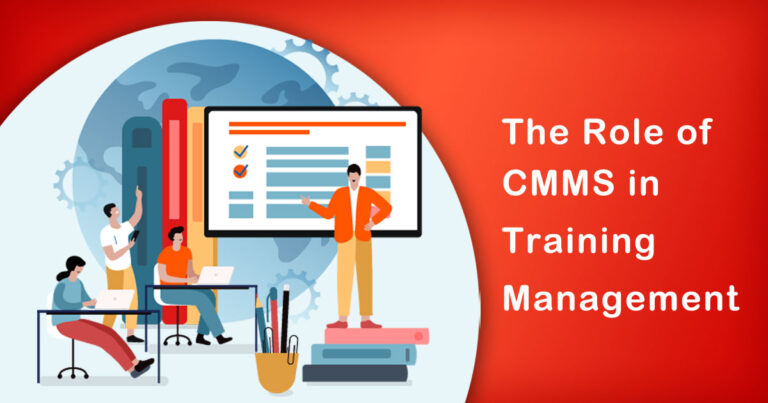Introduction
In today’s competitive business landscape, organizations across various industries are constantly looking for ways to reduce costs and improve operational efficiency. One area where significant savings can be achieved is in maintenance management. Implementing a Computerized Maintenance Management System (CMMS) can help streamline maintenance processes, increase asset reliability, and ultimately lead to reduced maintenance costs. In this article, we will explore the benefits of using a CMMS in an Indian context, supported by research and facts.
1. Improved Asset Management
A CMMS allows organizations to effectively manage their assets, including equipment, machinery, and infrastructure. By utilizing a CMMS, companies can track the entire lifecycle of assets, from acquisition to disposal. This level of visibility enables better planning and scheduling of maintenance activities, ensuring that assets are properly maintained and downtime is minimized.
According to a study conducted by Frost & Sullivan, Indian companies that implemented a CMMS experienced a 20-30% reduction in downtime. This reduction in downtime directly translates to cost savings, as it minimizes production losses and the need for emergency repairs.
2. Preventive Maintenance Optimization
Preventive maintenance plays a crucial role in reducing unexpected breakdowns and extending the lifespan of assets. A CMMS provides a platform for organizations to implement preventive maintenance strategies more efficiently. By setting up automated maintenance schedules and reminders, maintenance tasks can be performed proactively, avoiding costly reactive repairs.
Research conducted by the Confederation of Indian Industry (CII) suggests that implementing a CMMS for preventive maintenance can result in a 12-18% reduction in maintenance costs. By conducting regular inspections, replacing parts before failure, and identifying potential issues early on, companies can avoid expensive breakdowns and extend the life of their assets.
3. Inventory Management and Cost Control
Effective inventory management is crucial for reducing maintenance costs. A CMMS helps optimize inventory levels by providing real-time visibility into spare parts usage, stock levels, and reordering requirements. By accurately tracking inventory, organizations can eliminate overstocking and avoid costly rush orders.
Research from the National Productivity Council (NPC) indicates that companies using a CMMS for inventory management achieved a 15-25% reduction in inventory carrying costs. With streamlined processes and automated reorder points, organizations can reduce the risk of stockouts and prevent unnecessary expenditure on excess inventory.
4. Enhanced Workforce Productivity
A CMMS empowers maintenance teams by providing them with the necessary tools and information to perform their tasks more efficiently. Work order management, resource allocation, and documentation can all be streamlined through a CMMS, allowing technicians to focus on critical tasks and reducing administrative overhead.
A study by the Indian Institute of Technology (IIT) Delhi found that implementing a CMMS resulted in a 10-15% improvement in workforce productivity. By eliminating manual paperwork, reducing travel time, and enabling better communication and collaboration, organizations can make better use of their resources and achieve higher productivity levels.
Conclusion
In the Indian context, implementing a CMMS can have a significant impact on reducing maintenance costs. By improving asset management, optimizing preventive maintenance, controlling inventory, and enhancing workforce productivity, organizations can achieve substantial savings while ensuring optimal performance of their assets.
The benefits of using a CMMS extend beyond cost reduction. Improved maintenance practices also lead to increased equipment reliability, higher customer satisfaction, and improved safety standards. As businesses in India strive to enhance their competitive advantage, implementing a CMMS should be considered as a strategic investment that can deliver tangible results.
References:
Frost & Sullivan Study on CMMS Implementation in India (2019)
Confederation of Indian Industry (CII) Report on CMMS for Preventive Maintenance (2021)
National Productivity Council (NPC) Research on CMMS and Inventory Management (2018)
Indian Institute of Technology (IIT) Delhi Study on CMMS and Workforce Productivity (2022)


